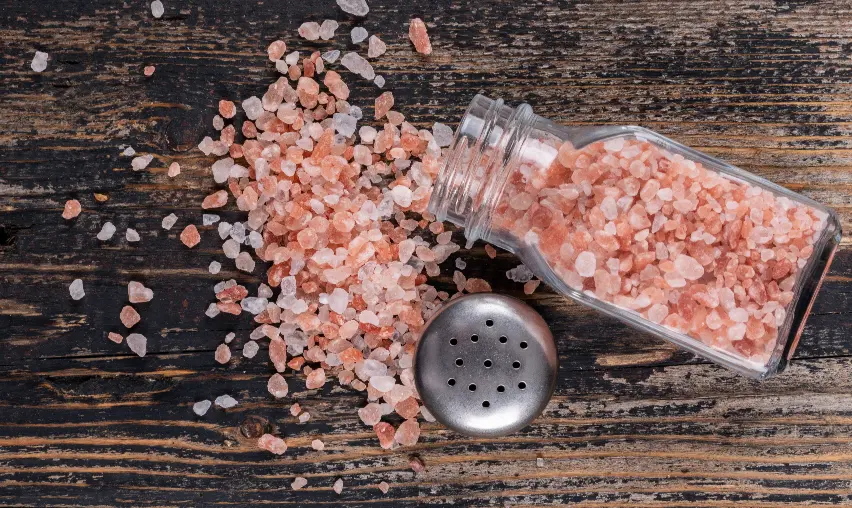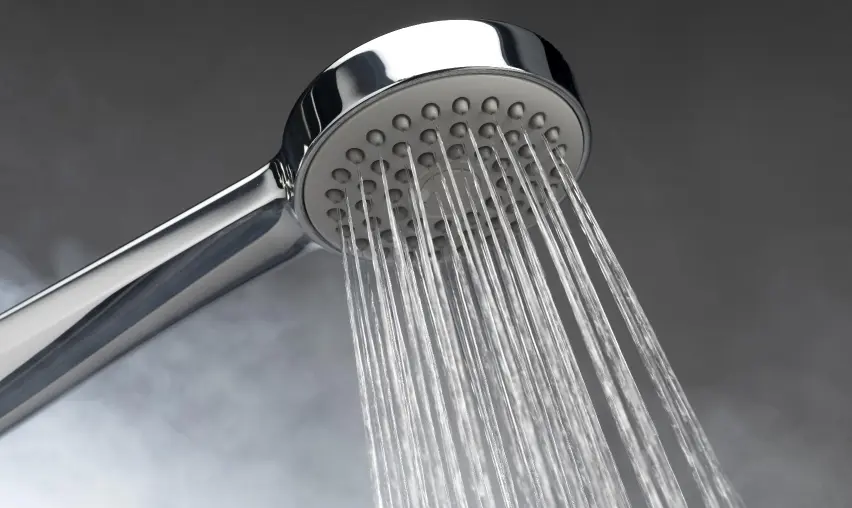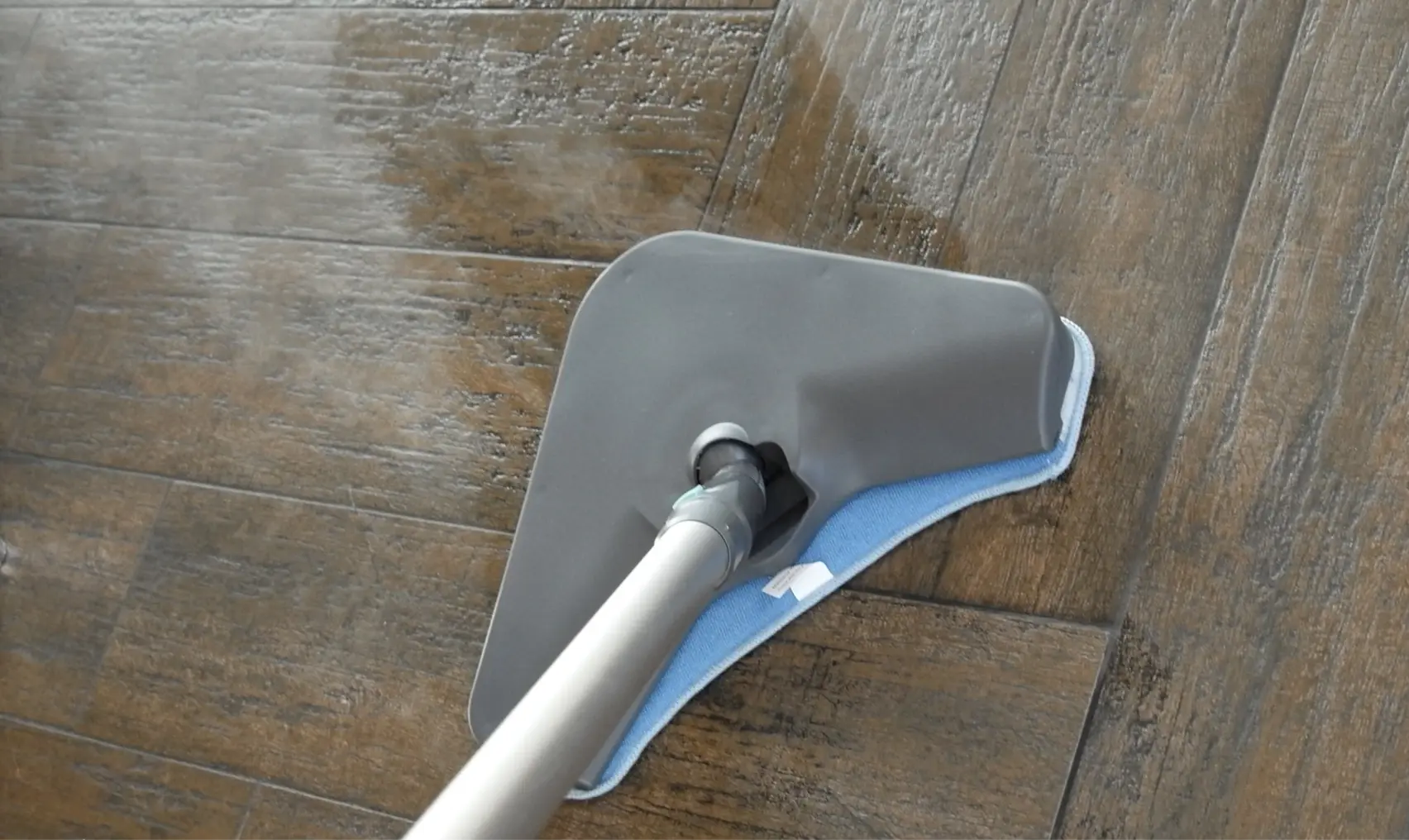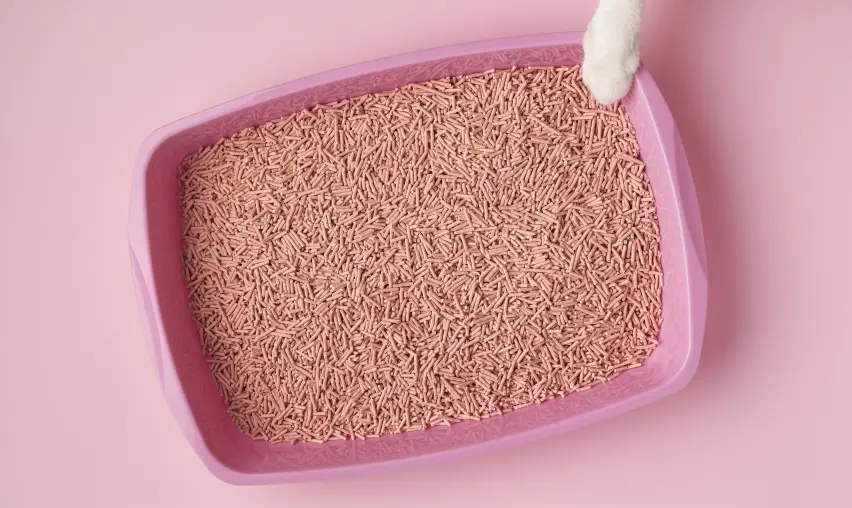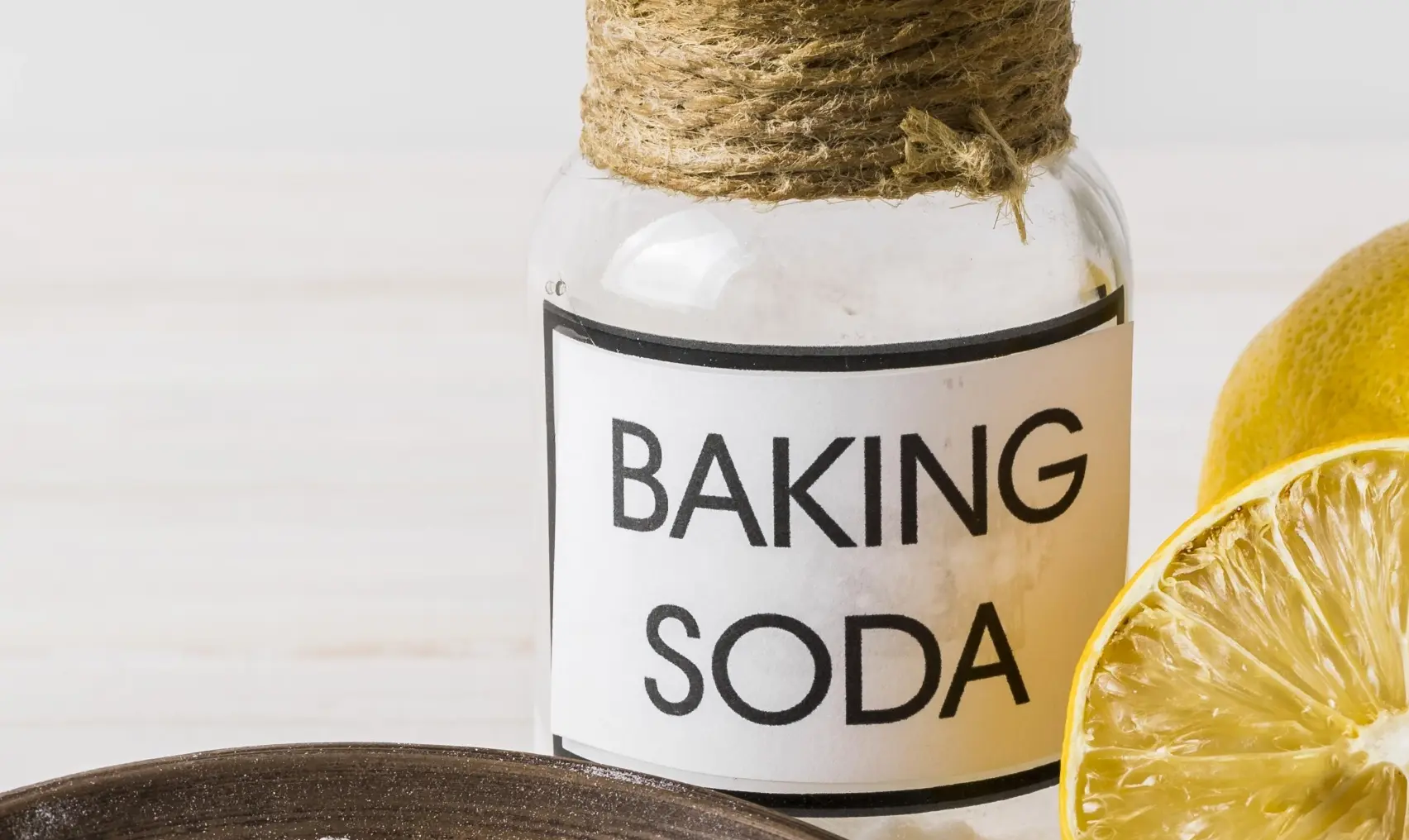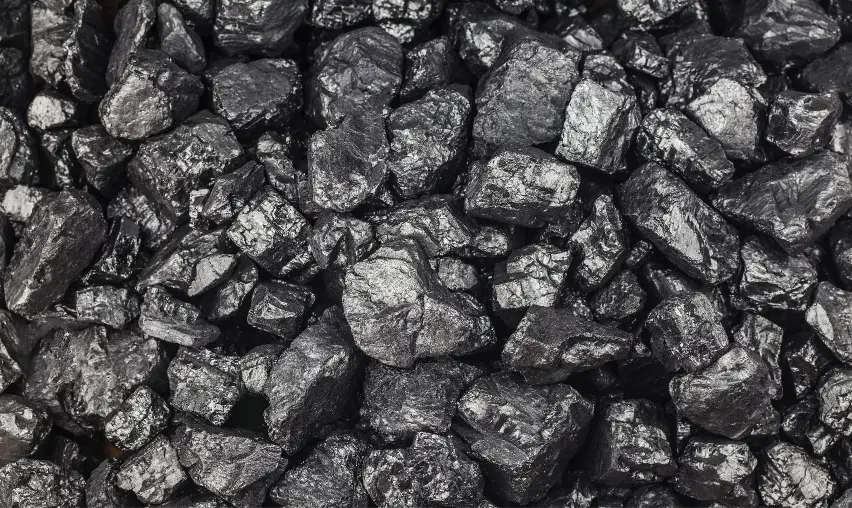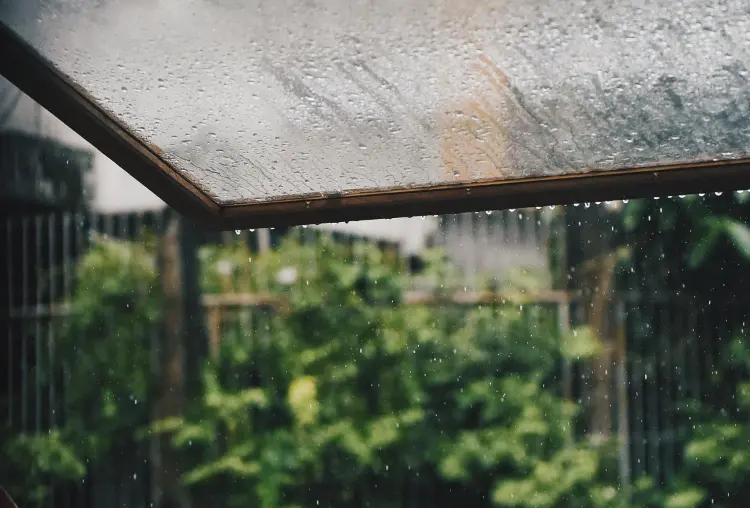
Natural Ways To Control Moisture During Heavy Rain
During the rainy season, one of the biggest issues faced by everyone is high humidity. Maintaining a pleasant and healthy humidity level in your house is important because the human body is less efficient at releasing heat in humid environments, causing us to sweat more. A humid environment also fosters the growth of potentially hazardous microorganisms and dust mites. A dehumidifier is the simplest technique to dehumidify a home. These machines are relatively expensive and often consume a lot of electricity. There are many ways in which you can control the moisture in your home.
